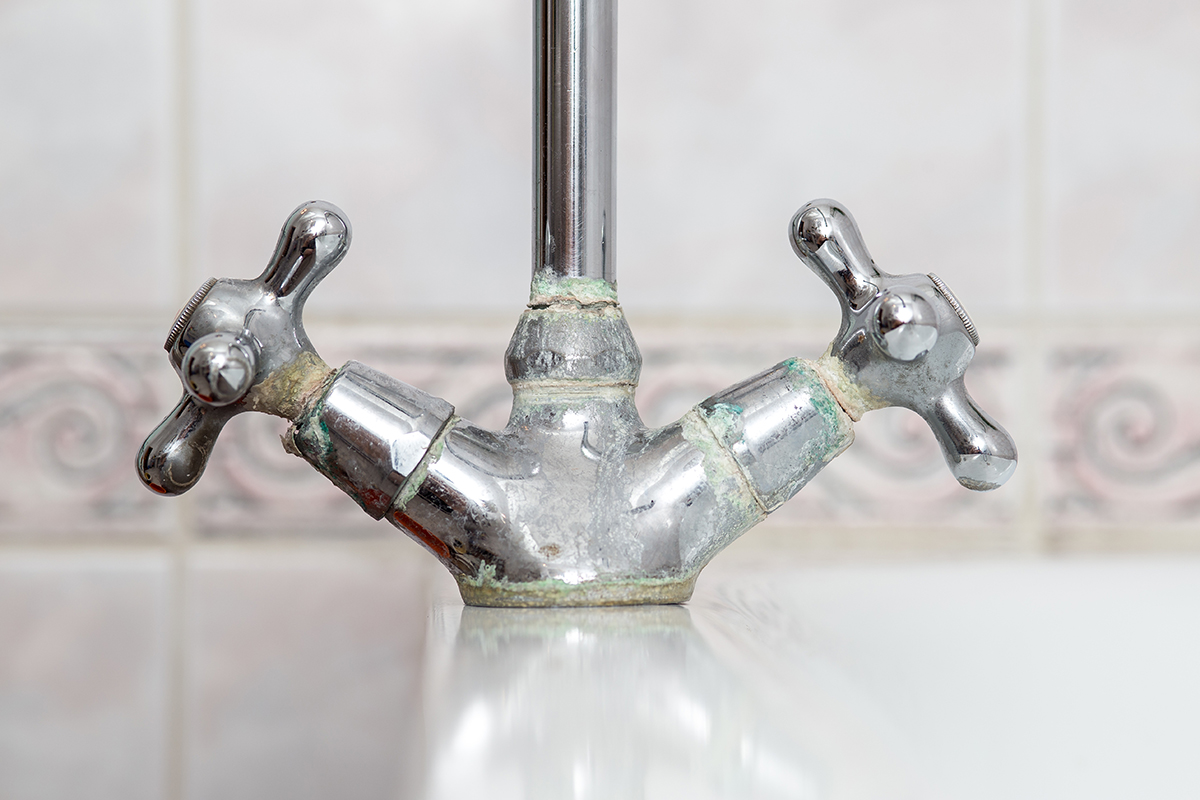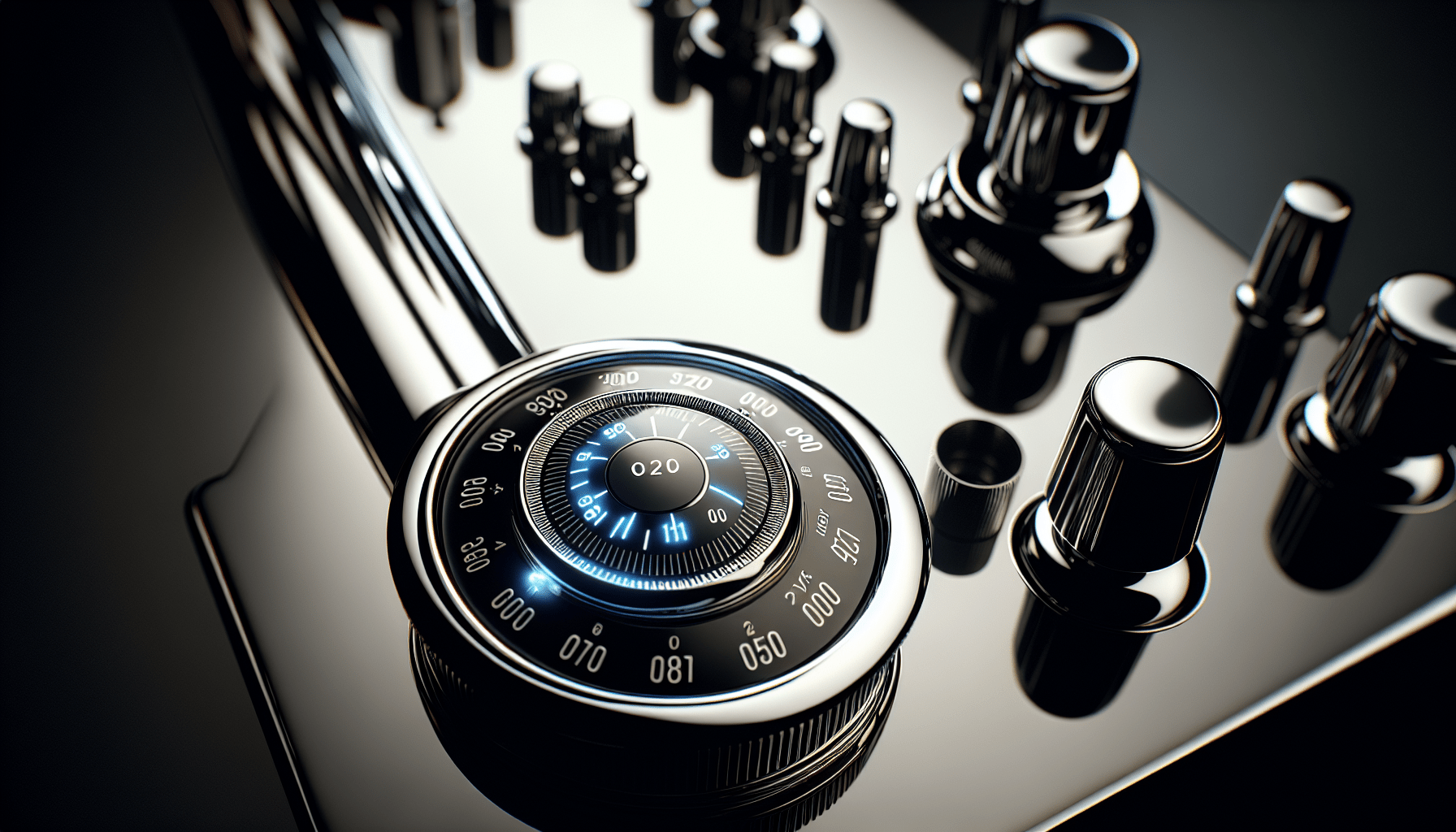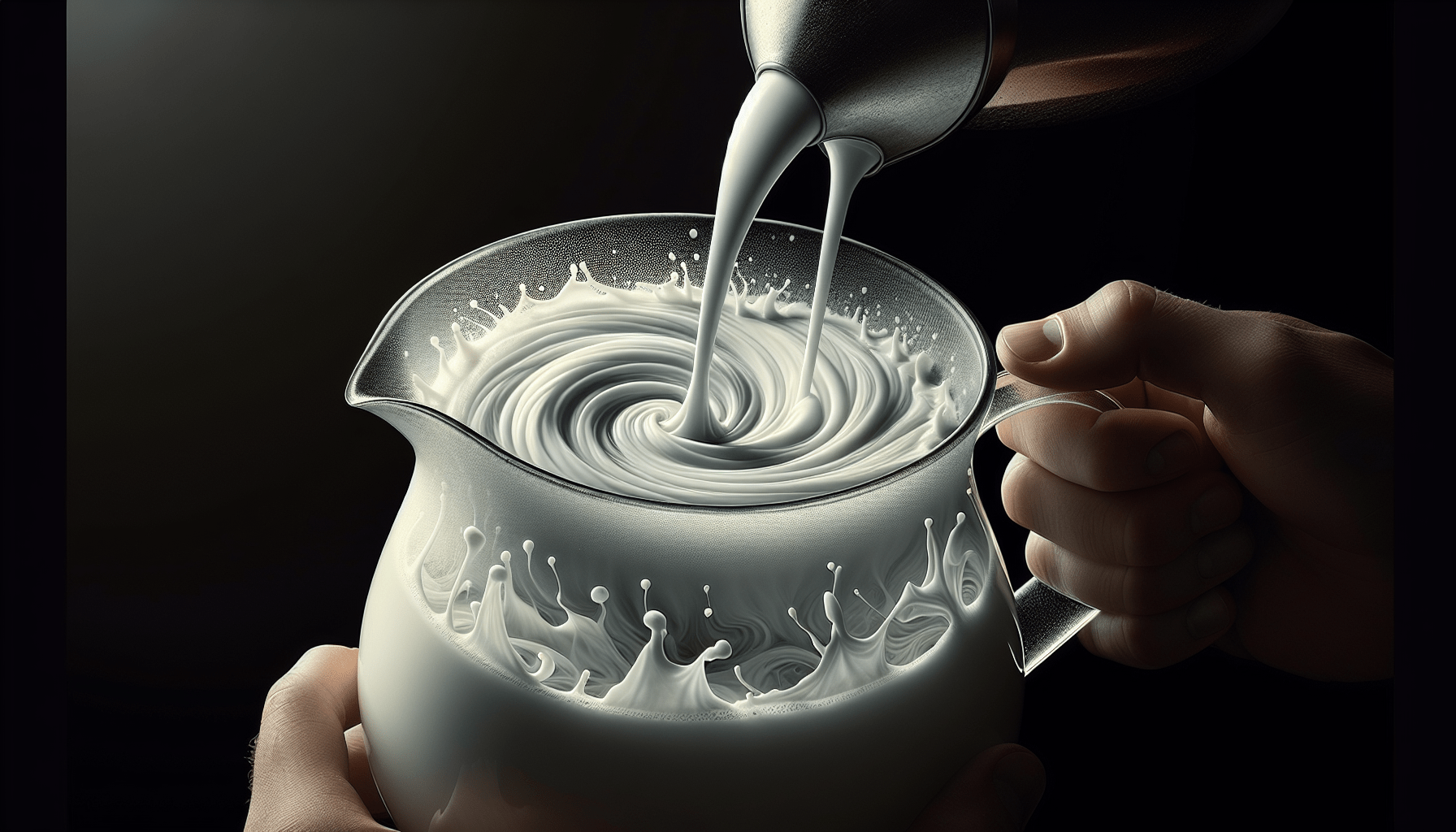Welcome to our guide on preventing limescale buildup in your semi-automatic espresso machine! Limescale can be a common issue when it comes to maintaining your machine, but with a few simple tips and tricks, you can keep your espresso tasting fresh and your machine running smoothly. By regularly descaling your machine, using filtered water, and keeping up with routine maintenance, you can ensure that limescale buildup is a thing of the past. Say goodbye to sputtering shots of espresso and hello to a perfectly brewed cup every time! How do you prevent limescale buildup in the boiler of your semi-automatic espresso machine?
Understanding Limescale Buildup in Espresso Machines
Hey there! If you’re curious about how to maintain your semi-automatic espresso machine, you’ve come to the right place. Limescale buildup in the boiler of your espresso machine is a common issue that can affect the quality of your coffee. Limescale is a hard, chalky deposit that forms when calcium and magnesium ions in the water combine with carbonates and bicarbonates. Over time, limescale can clog the internal components of your espresso machine, leading to decreased efficiency and performance.
Effects of Limescale Buildup
Limescale can cause a variety of issues in your espresso machine, such as:
- Decreased Heat Transfer: Limescale buildup on the heating element can interfere with the transfer of heat, leading to longer brewing times and a weaker, less flavorful espresso.
- Clogging of Valves and Tubes: As limescale accumulates in the boiler, it can clog the valves and tubes of your espresso machine, causing blockages and potentially damaging the internal components.
- Increased Energy Consumption: A boiler with limescale buildup requires more energy to heat up, leading to higher electricity bills and increased wear and tear on the heating element.
Now that you understand the impact of limescale buildup in your espresso machine, let’s explore some simple tips to prevent and remove limescale effectively.
Tips for Preventing Limescale Buildup
Use Filtered Water
One of the most effective ways to prevent limescale buildup in your espresso machine is to use filtered water. Tap water often contains minerals and impurities that can contribute to limescale formation, so investing in a water filter or using bottled water can make a significant difference. Filtered water not only improves the taste of your espresso but also prolongs the lifespan of your machine by reducing mineral deposits.
Regular Descaling
Descaling is the process of removing limescale from the internal components of your espresso machine using a descaling solution. It is essential to descale your machine regularly to prevent limescale buildup and maintain optimal performance. The frequency of descaling depends on the hardness of your water and how often you use your machine. In general, it is recommended to descale your espresso machine every 1-3 months.
Clean Water Tank Frequently
To prevent limescale buildup in your espresso machine, it is important to clean the water tank regularly. Empty the water tank daily and rinse it with warm, soapy water to remove any residue or impurities. Avoid using harsh chemicals or abrasive sponges that can damage the tank. Keeping the water tank clean and free of debris can help reduce limescale formation and ensure the quality of your espresso.
Monitor Water Hardness
Water hardness refers to the mineral content in the water, specifically calcium and magnesium ions, which contribute to limescale buildup. You can test the hardness of your water using a water hardness test kit or by contacting your local water utility company. Understanding the hardness of your water can help you determine the appropriate descaling schedule and choose the best prevention methods for your espresso machine.
Use Descaling Tablets
Descaling tablets are convenient and effective tools for removing limescale from your espresso machine. These tablets are specially formulated to dissolve mineral deposits without damaging the internal components of your machine. Simply follow the manufacturer’s instructions for using descaling tablets and run a descaling cycle to keep your espresso machine in top condition.
DIY Descaling Methods
If you prefer natural or cost-effective alternatives to commercial descaling solutions, here are some DIY descaling methods that you can try at home:
Vinegar Solution
Vinegar is a common household ingredient that can be used to remove limescale from your espresso machine. Simply mix equal parts of white vinegar and water in the water tank, then run a descaling cycle as usual. The acidity of vinegar helps dissolve mineral deposits and clean the internal components of your machine. Be sure to rinse the water tank thoroughly after descaling to remove any lingering vinegar taste.
Lemon Juice
Lemon juice is another natural descaling agent that can effectively remove limescale from your espresso machine. Mix equal parts of lemon juice and water in the water tank, then run a descaling cycle to clean the internal components. The citric acid in lemon juice helps break down mineral deposits and leaves your machine smelling fresh. Remember to rinse the water tank thoroughly after descaling to avoid any residual lemon taste in your espresso.
Baking Soda
Baking soda is a versatile and eco-friendly descaling agent that can be used to clean the boiler and other parts of your espresso machine. Create a paste by mixing baking soda with water, then apply it to the affected areas with a soft brush or cloth. Scrub gently to remove limescale buildup and rinse thoroughly to ensure all residues are removed. Baking soda is safe to use and does not leave any harmful chemicals behind, making it an ideal choice for natural descaling.
Conclusion
Maintaining your semi-automatic espresso machine and preventing limescale buildup are essential to ensuring the longevity and performance of your machine. By following these tips for preventing limescale buildup, you can enjoy a delicious cup of espresso every time without worrying about the negative effects of limescale. Remember to use filtered water, descale regularly, and monitor the hardness of your water to keep your espresso machine in top condition. With proper care and maintenance, your espresso machine will continue to brew perfect shots of espresso for years to come. Cheers to great coffee!




